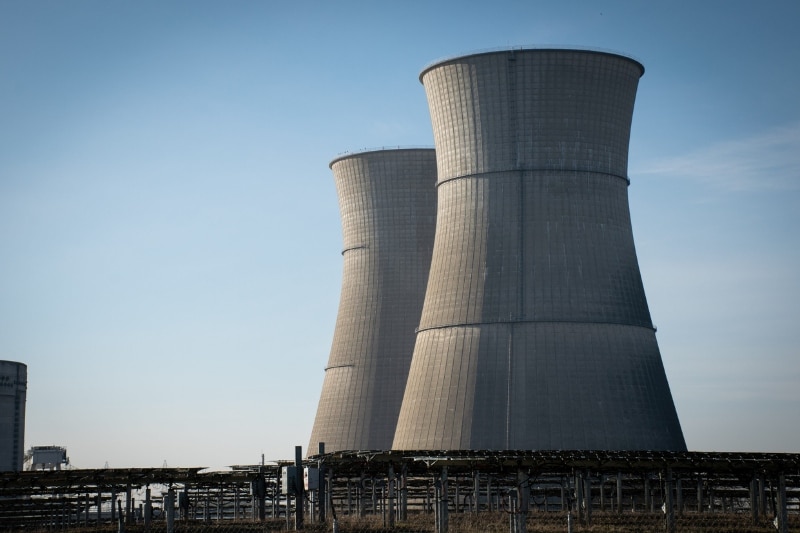The Philippines and the United States signed a Memorandum of Understanding on Strategic Civil Nuclear Cooperation (NCMOU) in March 2022 in Washington D.C. to further deepen the cooperation between the two countries in developing the Philippines’ nuclear energy program.
Philippine Energy Undersecretary Gerardo D. Erguiza remarked that the Philippine Department of Energy (DOE) will intensify its collaboration with the U.S. to improve the DOE’s knowledge and understanding by furthering the capacities on nuclear infrastructure, through various technical assistance.
It should be noted that prior to the NCMOU signing, Philippine President Rodrigo Duterte signed Executive Order (EO) 164 in February 2022, which now includes the potential of nuclear power in the country’s energy mix. The EO still included the Bataan Nuclear Power Plant (BNPP) in the national nuclear program, but other nuclear power installations will also be pursued. BNPP was the only nuclear power plant in Southeast Asia during the 1980s, as the Philippines was one of the pioneers in the region to embark on a nuclear energy program. However, the project was mothballed because of corruption allegations and safety concerns on the use of nuclear energy. A study conducted by Russia State Atomic Energy Corporation (ROSATOM) in 2017 said the rehabilitation of BNPP will require around USD 3 billion to USD 4 billion.
The Philippines is also interested to explore the potential utilization of small modular reactor (SMR) technology in the Philippines. SMRs “are advanced nuclear reactors that have a power capacity of up to 300 MW(e) per unit, which is about one-third of the generating capacity of traditional nuclear power reactors”. Because of their size, and the capability of pre-assembling most SMRs in factories, they are considered ideal for industrial utilization, as well as for use in remote areas with limited grid access.
DOE Secretary Alfonso Cusi stated that SMRs are a “game-changer in the global energy landscape”, especially since they could be utilized in locations that are not suitable for large nuclear power plants (NPPs). “It is an attractive, viable, and doable option for the Philippines given that SMRs provide non-intermittent power supply for calamity-prone countries, their low-carbon-footprint, predictable supply costs, and are tailored-fit for our country’s archipelagic setting,” Secretary Cusi emphasized.
The Philippine government is targeting to integrate nuclear as added technology recourse in the country’s energy mix by 2035, but based on energy planning re-adjustment of the DOE, they are calculating that SMR deployment could come as early as 2027-2028. The installations of modular nuclear power facilities are being eyed in strategically chosen sites in various parts of the country in the next 6-7 years – and pilot areas have already been identified have been in Sulu, Palawan, and at the Cagayan Economic Zone Authority (CEZA) in Northern Luzon.
(Sources: Manila Bulletin; Philippine Department of Foreign Affairs; Philippine News Agency; U.S. Department of State)
